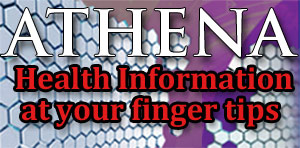Lisfranc fracture
Lisfranc fracture is almost always accompanied by dislocation of the Lisfranc joints or the tarsometatarsal joints that are located in the middle of the foot. A twisting fall or a heavy blow can cause this fracture. Connective tissues or ligaments hold the bones in place. The first and second metatarsals are not held by any connective tissue. Hence when a twisting fall occurs, dislocation of these bones takes place. Due to this injury the tarsal bones are dislocated, but (MT) does not occur always. Generally, the fracture and the dislocation are treated independently with stabilization devices. One or more of the tarsometatarsal joints are dislocated when Lisfranc dislocation occurs.
Many times, mistaken for sprains, Lisfranc fractures are associated with swelling of the top of the foot which is also very painful. It is very difficult to put any weight on the foot if the injury is very severe. Often X-rays do not reveal Lisfranc injuries. Serious complications like joint degeneration and compartment syndrome will follow when Lisfranc injuries go unrecognized. If the pain or swelling does not reduce in spite of normal treatment for a sprain, it is better to take the advice of an orthopaedic specialist.
By examining the foot for signs of injury, an orthopedist will move the foot in a circular motion holding the heel steady. A CT scan or MRI scan will show the exact nature of the injury. Open Reduction Internal Fixation (OR IF) is advised for dislocation.
At TargetWoman, every page you read is crafted by a team of highly qualified experts — not generated by artificial intelligence. We believe in thoughtful, human-written content backed by research, insight, and empathy. Our use of AI is limited to semantic understanding, helping us better connect ideas, organize knowledge, and enhance user experience — never to replace the human voice that defines our work. Our Natural Language Navigational engine knows that words form only the outer superficial layer. The real meaning of the words are deduced from the collection of words, their proximity to each other and the context.
Diseases, Symptoms, Tests and Treatment arranged in alphabetical order:

A B C D E F G H I J K L M N O P Q R S T U V W X Y Z
Bibliography / Reference
Collection of Pages - Last revised Date: December 8, 2025



